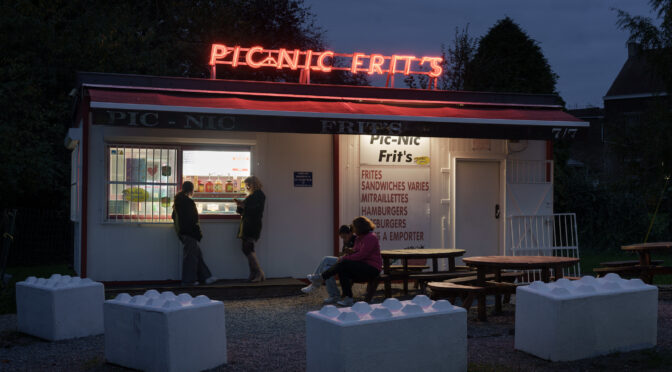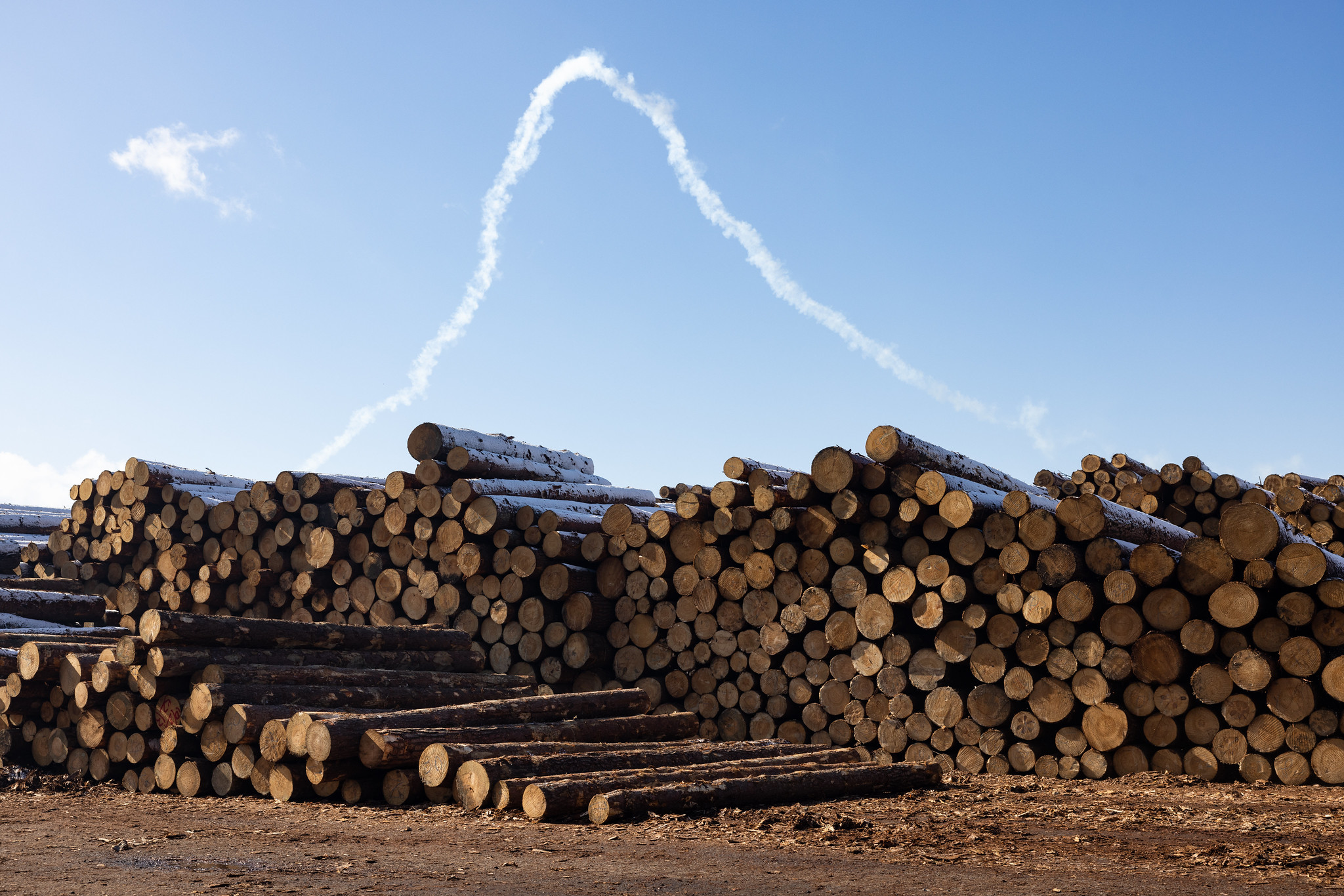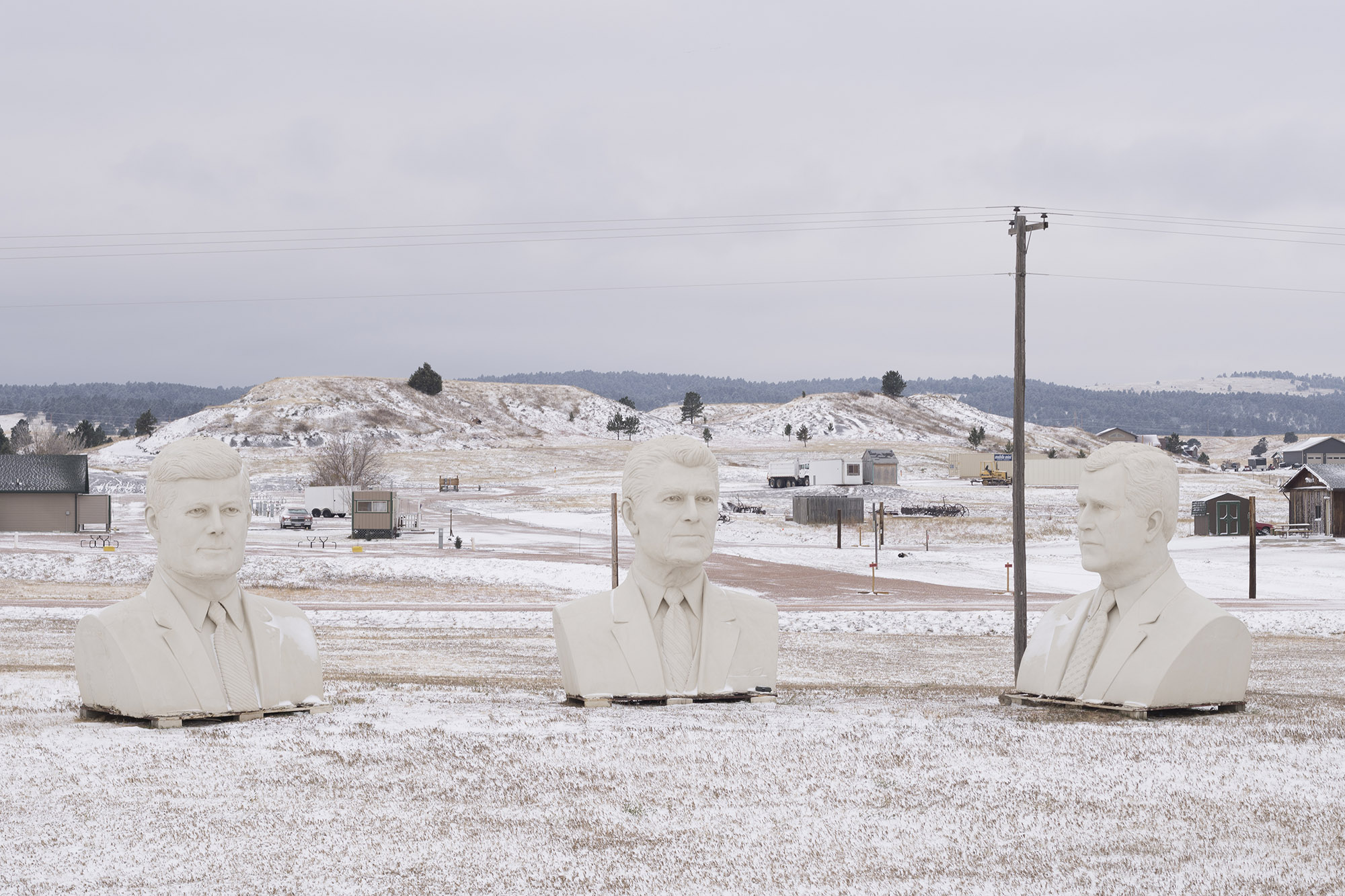Author: David Schalliol
-

A Photographic Update from Charleroi, Belgium
I first visited Charleroi, Belgium in 2016 as part of my residency at the CRP/ Centre régional de la photographie Hauts-De-France, when I was photographing the future of France’s former coal producing region. Since 2020, I have been continuing that work across the international border through a long-term residency at BPS22 Musée d’art de la…
-

Refining Story Poles in Southern California
It’s been another busy year working on Story Poles in the small beach towns of Southern California. In those communities, these temporary structures are erected to illustrated proposed construction forms. In the process, they demonstrate so much about the political nature of property, where sightlines carry tremendous value. Below are some recent favorites.
-

Continuing to Rebuild After the Great Tohoku Disaster
This winter marked my fourth trip to Tohoku, Japan, to track the region’s recovery from the March 11, 2011 earthquake and tsunami. With each visit, I’ve traveled south along the coast from the Kitakami River valley to the area surrounding the Fukushima Daiichi nuclear power plant. Along the way, I’ve met with small business owners,…
-

Remix Place on the France-Luxembourg Border
Over the last two years, I have been collaborating with geographers, a playwright, a sound artist, and other scholars on Remix Place, a project designed to explore and represent the experience of residents on the France-Luxembourg border. Conceived for the 2022 European Capital of Culture in Esch-sur-Alzette, Luxembourg, our group has been busy interviewing residents,…
-

From the Mississippi Watershed for Exhibit Columbus
In 2020-21, I was a photography fellow with Exhibit Columbus, an architecture and design biennial located in the remarkable mid-century modernist city of Columbus, Indiana. The original project I made for the exhibition was From the Mississippi Watershed, an exploration of the vast and varied watershed through the systems that connect it and the ways…
-

Upstate and Western New York
Buffalo is one of my favorite cities, with its amazing architectural history, telescope houses, and activist culture. So when in Upstate New York for the International Visual Sociological Association’s annual meeting, I added a few days onto the trip to head west. The following photographs are a few highlights from my time in Saratoga Springs,…